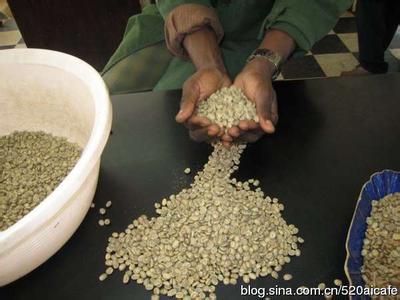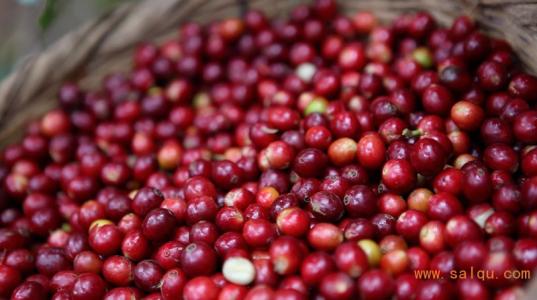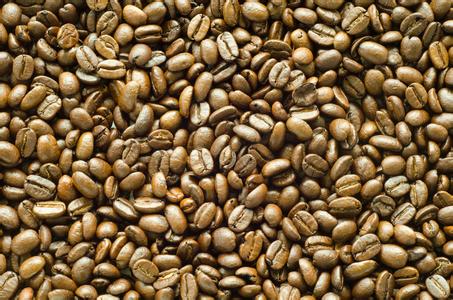Flavor description of Arakabi coffee beans A brief introduction to the characteristics of taste treatment and the origin of varieties
Flavor description of Arakabi coffee beans A brief introduction to the characteristics of taste treatment and the origin of varieties
The habit of baking and drinking was cultivated in the 13th century and introduced into Europe through the Arab world in the 16th century. It has further become a common favorite drink of people all over the world. Its excellent flavor and aroma make it the only coffee among these native species that can be drunk directly and alone. It is called "Arabian coffee" by Europeans because it has been monopolized by the Arab world for a long time.
Features of Arabica coffee beans:
Taste: rich and delicate, strong smell, high acidity, slippery texture: not easy to have bitter taste
Chromosomes: 44 chromosomes
Caffeine: lower than Robusta
Arabica is the place of origin, Manning is the taste, slightly sour. The taste of coffee is good or bad, sometimes related to the degree of roasting.
I don't drink hanging-ear coffee or instant coffee. I usually buy coffee beans online in my Italian coffee machine (low-end). Then I grind them by hand and soak them with milk without sugar. The coffee beans I have bought are mainly Italian, Blue Mountain and Manning, which is a shop in Shanghai. Italian style is very bitter, the kind you want to cry, Mantenin is a little fresh and a little sour taste, Blue Mountain is not bitter, no milk taste is good, the aftertaste has a hint of sweetness, smells very fragrant. In fact, I drink hand-ground coffee is also an entry stage, do not know much about coffee.
On the other hand, in recent years, a few countries (such as India) have devoted themselves to improving the quality of robusta coffee. They have planted robusta in high altitude areas, given the most careful care, and carefully washed the coffee. As a result, they get very good quality robusta coffee beans! These small but excellent robusta beans are usually used in Italian blending (the proportion of a few excellent beans may be more than half), which can produce extremely rich crema (grease) and quite mellow taste. Therefore, excellent Robbins Tadou is also expensive.

Important Notice :
前街咖啡 FrontStreet Coffee has moved to new addredd:
FrontStreet Coffee Address: 315,Donghua East Road,GuangZhou
Tel:020 38364473
- Prev

What is the caffeine content of normal espresso? A brief introduction to flavor description and taste
What is the caffeine content of normal espresso? A brief introduction to flavor description and taste caffeine content in coffee varies greatly. A study published in the Journal of Analytical Toxicology found that 16 ounces of coffee from a famous brand contained 100 milligrams more caffeine than other coffees of the same amount. The study also shows that even for the same brand of coffee, each bottle of caffeine contains
- Next

How to clean coffee with filter-hand coffee filter after grinding
After coffee grinding, how to use filter screen-hand coffee filter to clean the corresponding relationship between the grinding degree of coffee powder and various brewing methods, on the whole, it takes a longer time to make coffee powder, that is, the degree of grinding required by the brewing method of coffee powder with longer contact time with water is usually thicker. The reason is that the finer the grinding degree of coffee powder is, the larger the contact area between coffee powder and water is, and the longer brewing time is.
Related
- Beginners will see the "Coffee pull flower" guide!
- What is the difference between ice blog purified milk and ordinary milk coffee?
- Why is the Philippines the largest producer of crops in Liberia?
- For coffee extraction, should the fine powder be retained?
- How does extracted espresso fill pressed powder? How much strength does it take to press the powder?
- How to make jasmine cold extract coffee? Is the jasmine + latte good?
- Will this little toy really make the coffee taste better? How does Lily Drip affect coffee extraction?
- Will the action of slapping the filter cup also affect coffee extraction?
- What's the difference between powder-to-water ratio and powder-to-liquid ratio?
- What is the Ethiopian local species? What does it have to do with Heirloom native species?

